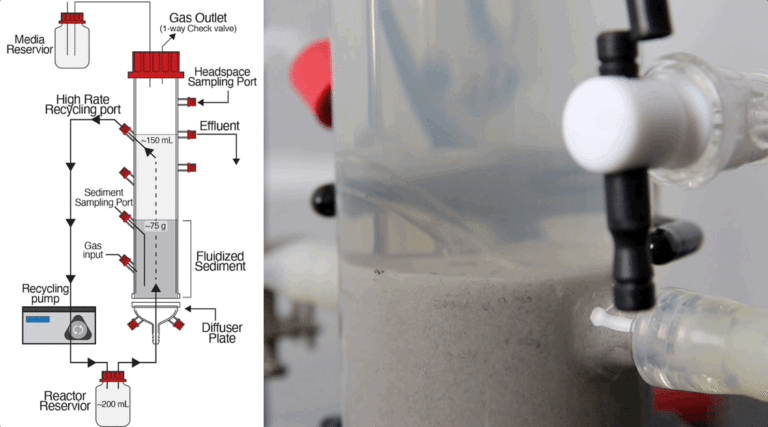
Melanoma Starts Evading Treatment Within Hours – Here’s How to Stop It
ISB researchers have uncovered a stealth survival strategy that melanoma cells use to evade targeted therapy, offering a promising new approach to improving treatment outcomes.

ISB researchers have uncovered a stealth survival strategy that melanoma cells use to evade targeted therapy, offering a promising new approach to improving treatment outcomes.

ISB’s Gibbons Lab developed a breakthrough method that analyzes food-derived DNA in fecal metagenomes, allowing for data-driven diet tracking without the need for burdensome questionnaires.

There has been an explosion of research into the two-way communication between the gut microbiota and the brain. This year, ISB hosted a virtual microbiome series dedicated to exploring the gut-brain axis.

ISB hosted a full-day symposium – titled Resonance – celebrating the life and scientific contributions of Professor Ilya Shmulevich, who passed away in April 2024 from complications of acute myeloid leukemia.

In the final installment of the 2023-24 academic year roundup, we highlight some of the top projects the ISB Education team is working on. Throughout the summer, the ISB Education team was busy publishing research in a special edition of Connected Science Learning, hosting interns, and much more.

ISB researchers examined representative organisms of two classes of microbes whose interaction contributes to the conversion of more than 1 gigaton of carbon into methane every year. They found that gene mutations selected over a relatively short timeframe in the two microbes led to distinct functions.

Everybody poops, but not every day. An ISB-led research team examined the clinical, lifestyle, and multi-omic data of more than 1,400 healthy adults. How often people poop, they found, can have a large influence on one’s physiology and health.

Wei Wei, PhD – an accomplished cancer researcher with expertise in biotechnology and cancer systems biology – has been promoted to ISB associate professor. The Wei Lab focuses on understanding how cancer cells adapt to therapeutic treatment to foster therapy resistance by coordinating their internal molecular machinery and how these adaptive changes evolve within diverse tumors influenced by the tumor microenvironment.